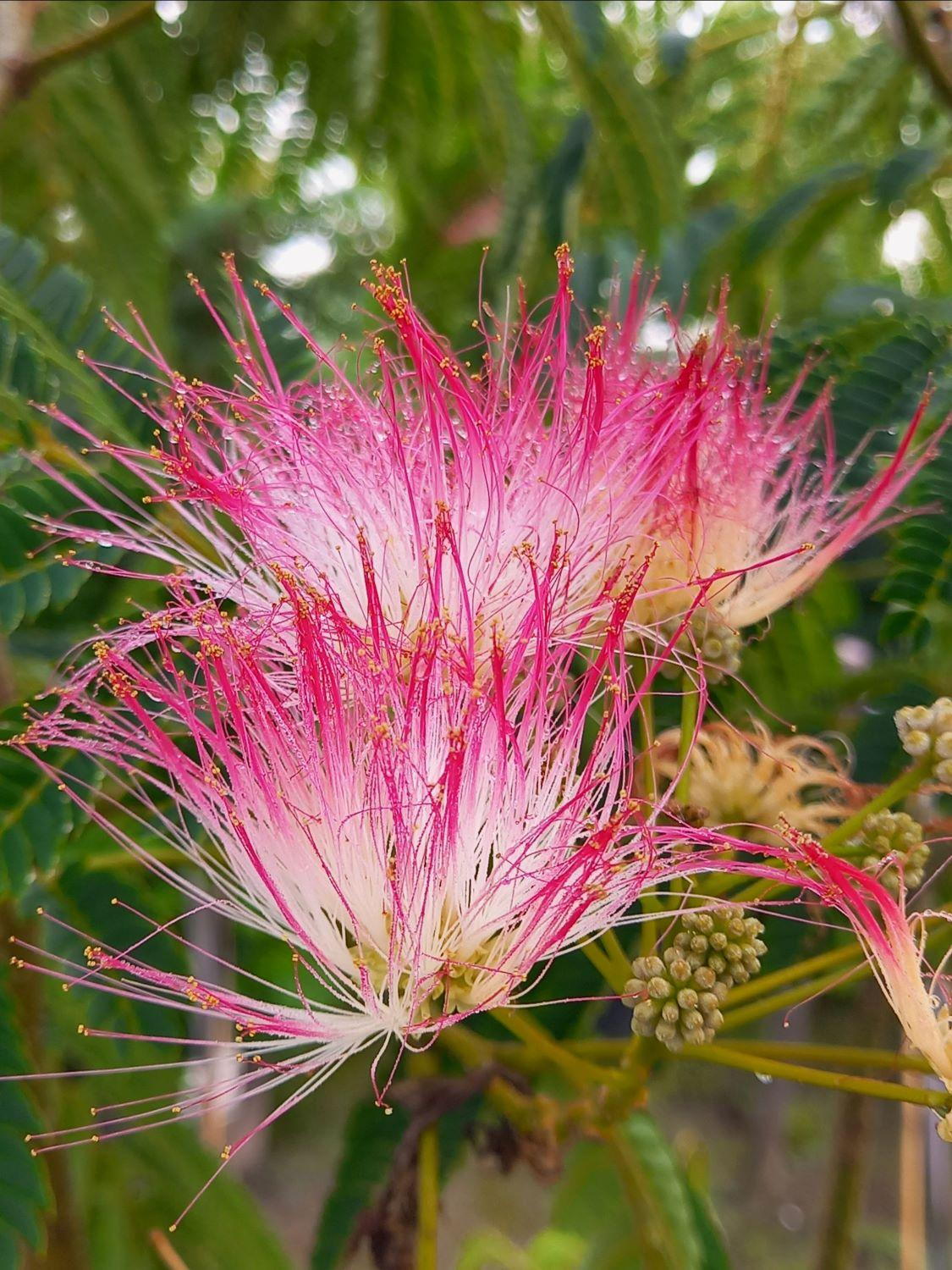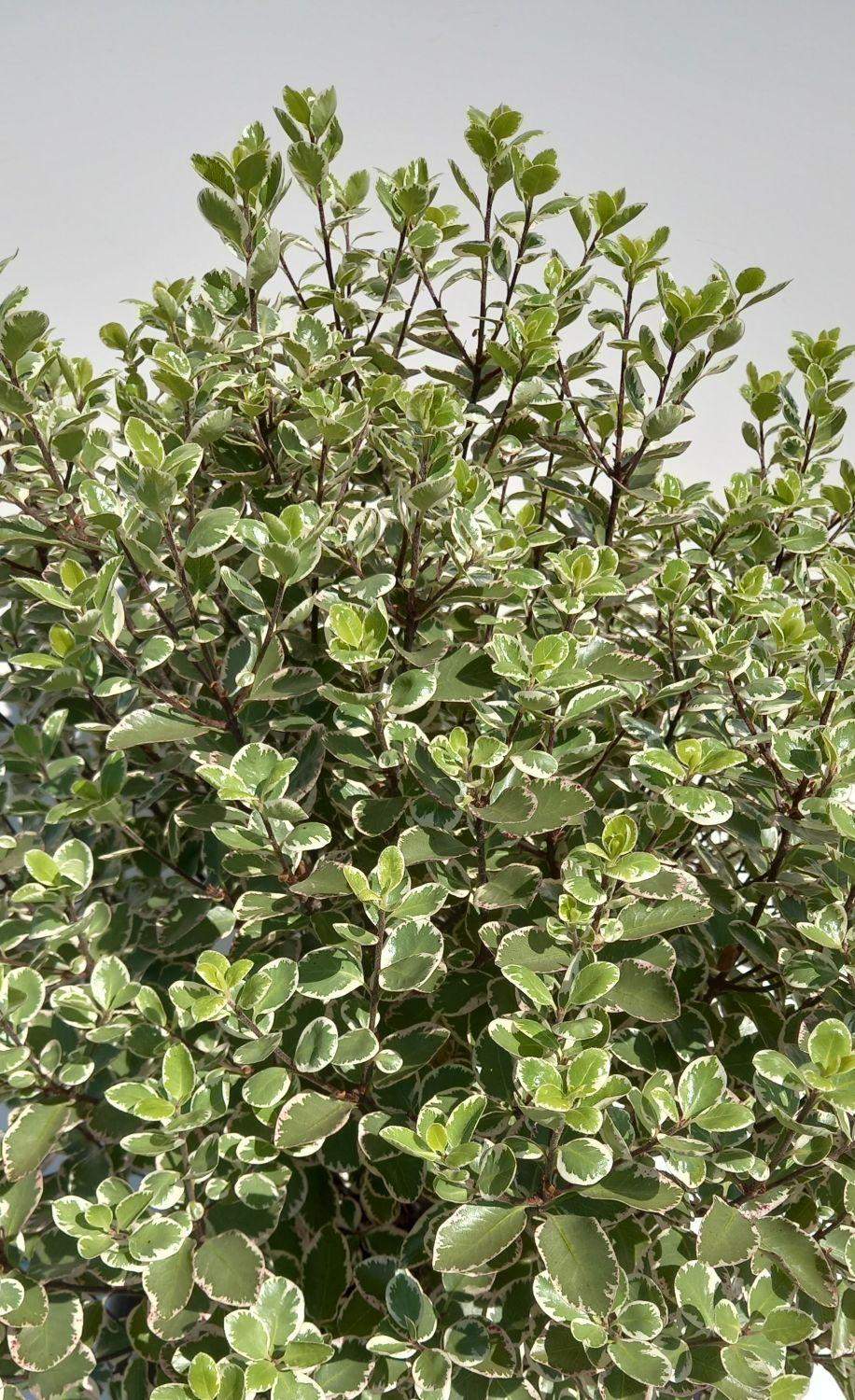Pittosporum Tenuifolium Elizabeth for Sale Online UK and IRL
Pittosporum Tenuifolium ElizabethIf you are looking for a beautiful addition as a hedge or screen, at a wall-side or as a border shrub with wonderful foliage, have a look at ‘Elizabeth’. A variety of Pittosporum Tenuifolium, Elizabeth is a variegated version of this family with a definitive pink margin to the leaves making for an interesting combination of shades wherever you choose to place it. It has good drought resistance and its relatively low maintenance demands make it a good choice in Courtyard Gardens, City Gardens, at a Coastal Cottage, and most any informal Garden landscape. Its rounded habit with black stems and fresh leaves are an excellent addition to virtually any space, particularly borders. The glossy, leathery, variegated colouring and pink margins make it a popular choice among florists, and is known for holding its freshness in the arrangement. The colour of the leaves are especially pronounced in the winter. Though not particularly known for its flowers, the Pittosporum Tenuifolium Elizabeth expresses a small,star-shaped, 5-petaled flower with dark purple or chocolate brown colour. Borne in early summer, the flowers have a distinct fragrance of vanilla or honey, which is noted particularly in the evening hours. They develop a spherical woody fruit that when split, reveals their seeds nestled in a sticky, pulp-like substance. A member of the Pittosporaceae Family and the Pittosporium Genus,this shrub is known by other common names originating in its native New Zealand. It may be referred to as as tawhiwhi, kohuhu, and kohukohu. Pittosporum Tenuifolium Elizabeth can grow to 2.5-4m in height and an equal spread at ultimate growth. It takes 10-20 years for this shrub to reach ultimate height and spread. Considered hardy to H4, care should be taken to avoid extremely cold temperature exposure. In the coldest districts it prefers some shelter, although Elizabeth is now seen to be hardier in the UK than perhaps first thought. It is well suited to Coastal areas.Elizabeth prefers full sun to partial shade, with South, West, or East facing aspects along with a sheltered site. Try to avoid north or east winds so as to lessen leaf scorch. It does best in well-drained soils with good humus content for water retention. Pittosporum has a wide range of soil texture preferences, including sand, clay, chalk, or loam. It thrives in near neutral, slightly alkaline or slightly acid soil pH’s. Relatively low maintenance, but it can be pruned in April or July if a hedge is desired.











